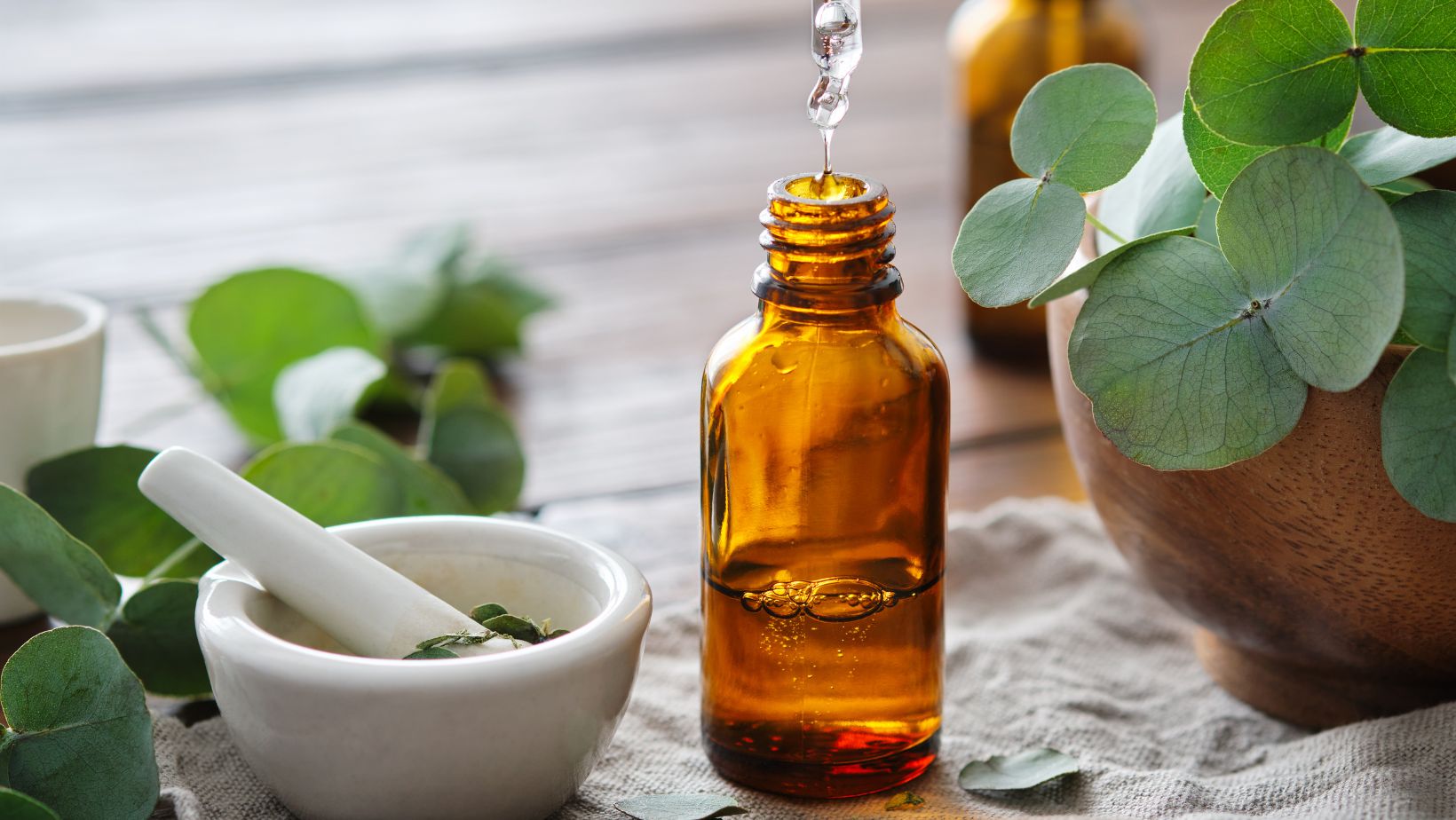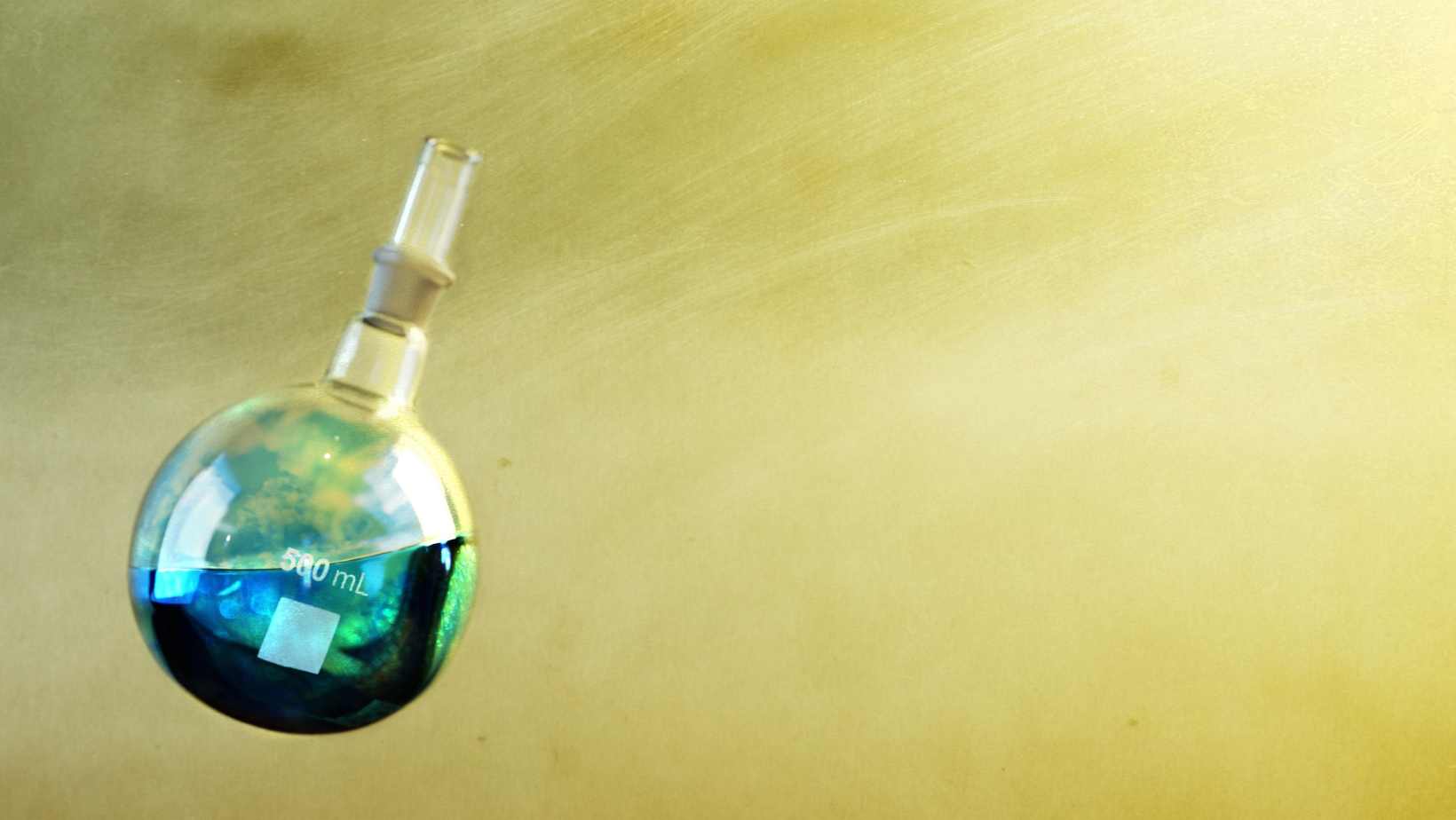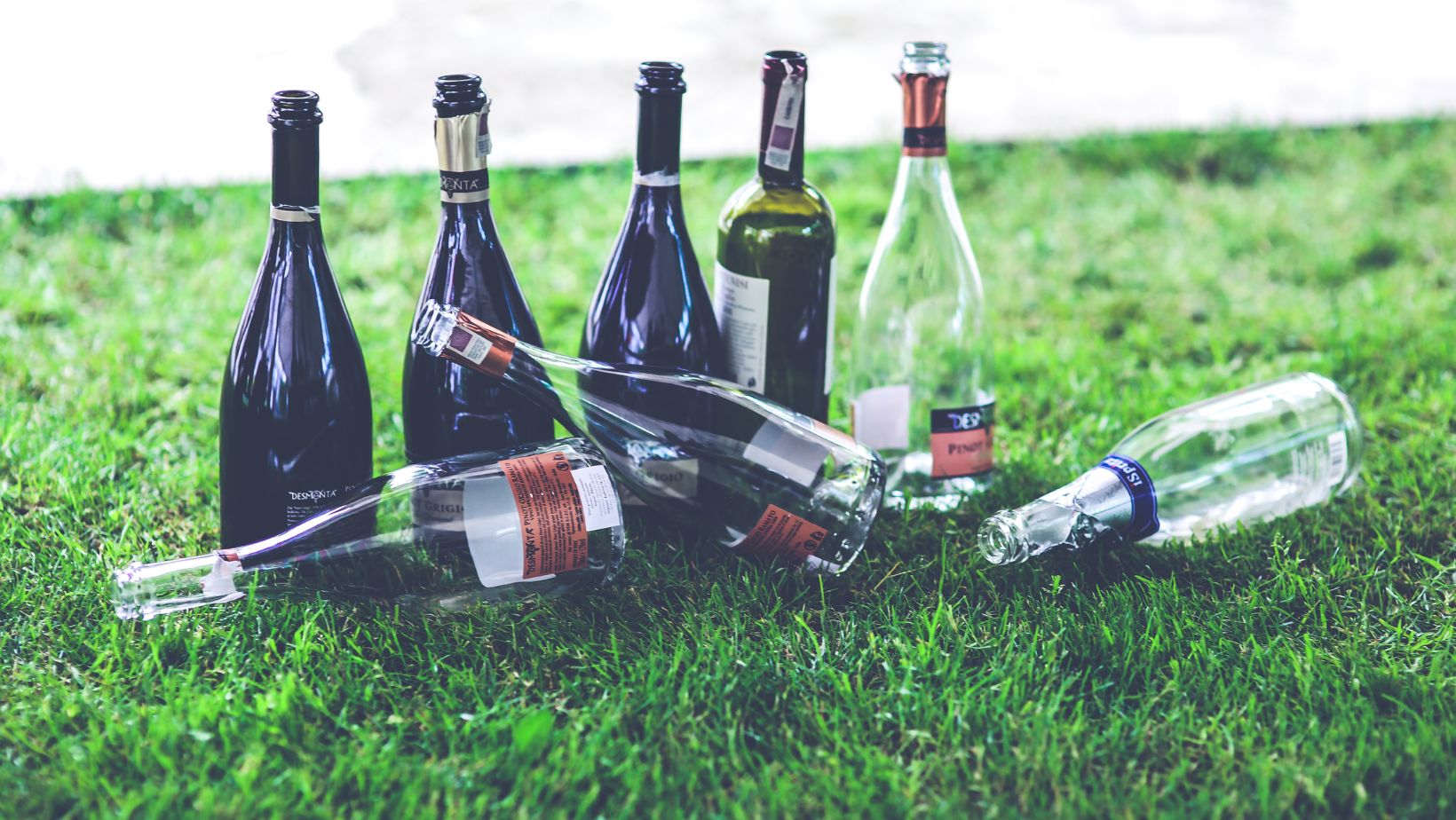The Surprising Answer Revealed: How Many Sprays in a ML
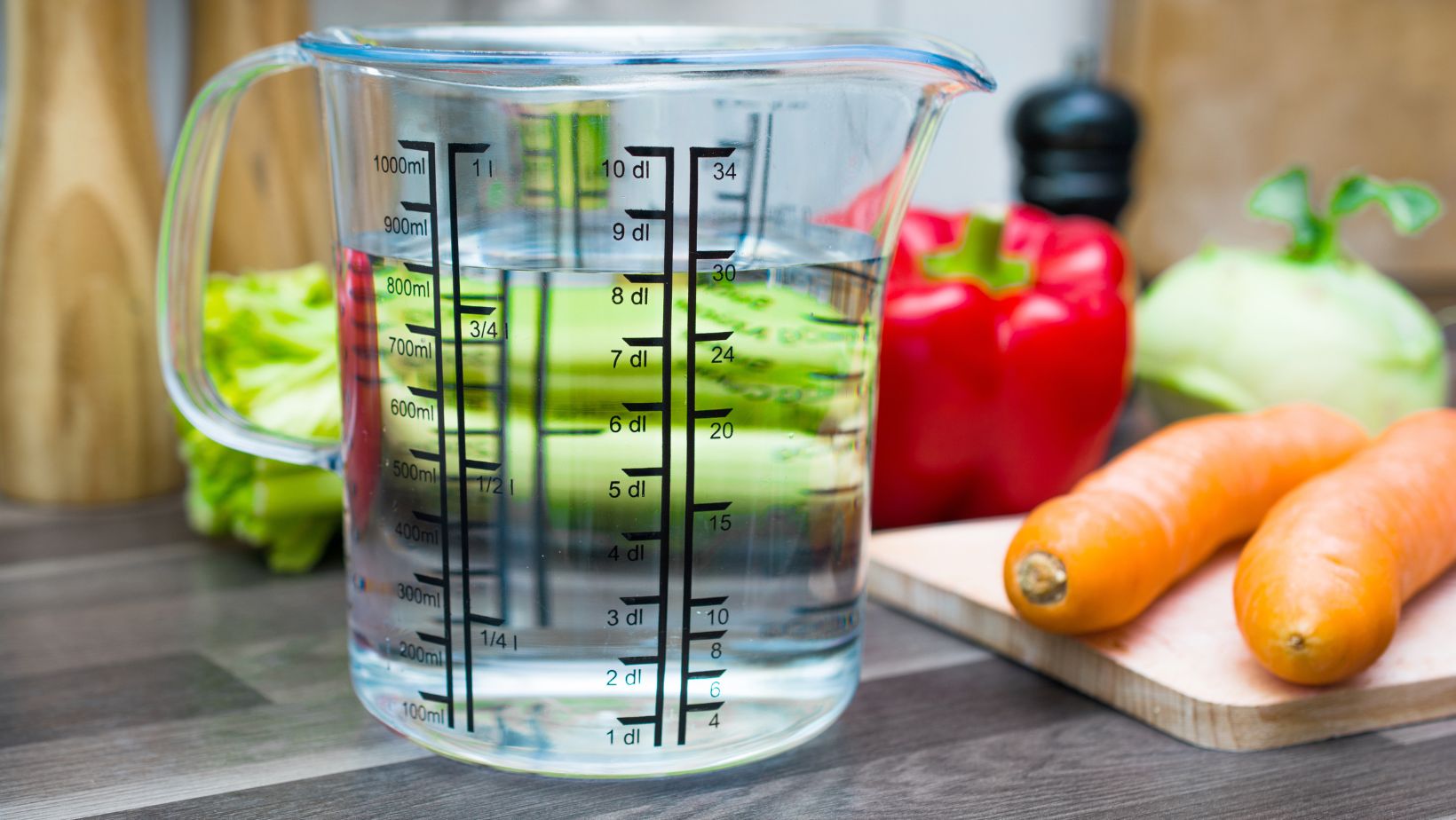
When it comes to determining how many sprays are in a milliliter (ml), there are several factors to consider. The number of sprays can vary depending on the type of spray bottle, the size of the nozzle, and the viscosity of the liquid being sprayed. However, as a general guideline, it is estimated that there are approximately 10 to 12 sprays in a milliliter.
It’s important to note that this estimate may not be precise for every situation. Different products may have different spray patterns and droplet sizes, which can affect the number of sprays per ml. Additionally, individual spraying techniques can also impact the amount dispensed with each spray.
How Many Sprays In A ML
When it comes to understanding the relationship between sprays and milliliters, one of the key factors to consider is the conversion between the two units of measurement. This conversion can help determine how many sprays are typically found in a milliliter.
To convert from sprays to milliliters, you’ll need to know the spray volume per actuation or pump of your specific product. This information is often provided on the packaging or product label. For example, if a perfume bottle dispenses 0.1 milliliters of fragrance with each spray, you can calculate that there are approximately 10 sprays in a single milliliter (1 ml ÷ 0.1 ml/spray = 10 sprays/ml).
Factors Affecting The Number of Sprays in a Milliliter
Several factors can influence the number of sprays contained within a single milliliter:
- Viscosity: Liquids with higher viscosity tend to require more force for dispensing, resulting in larger spray volumes per actuation. Conversely, less viscous liquids may produce finer sprays and smaller volumes.
- Nozzle Design: The design of the spray nozzle can impact the amount of liquid dispensed with each spray. Some nozzles are engineered to deliver a precise amount, while others offer adjustable settings that allow users to control the volume.
- Product Type: Different products have varying formulations and intended uses, which can affect their spray volumes. For example, perfumes generally have smaller spray volumes compared to household cleaning products.
- Manufacturer Specifications: Manufacturers often determine the specific spray volume per actuation based on factors such as product concentration, desired coverage area, and user experience preferences.
Understanding these factors can help you make informed decisions about your product usage and ensure accurate measurements when converting between sprays and milliliters.
By grasping the conversion process between sprays and milliliters, determining the spray-to-milliliter ratio for specific products, and considering various influencing factors, you’ll be better equipped to understand how many sprays are typically found in a milliliter.
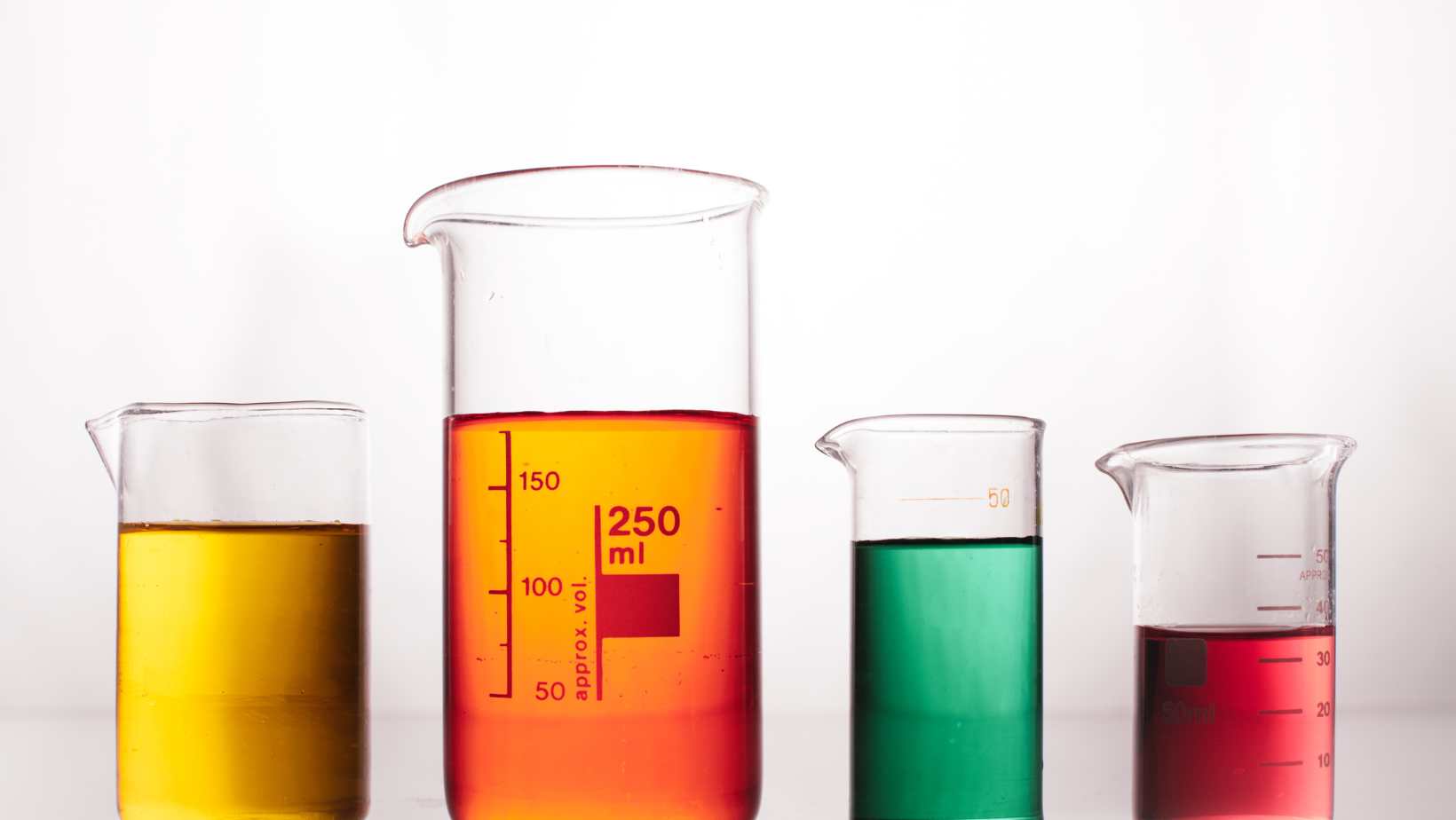
Factors Affecting The Number Of Sprays In A Milliliter
When it comes to determining how many sprays are in a milliliter, there are several factors that can influence the answer. Understanding these factors is important for anyone looking to accurately measure and distribute liquids in spray form. Let’s take a closer look at what affects the number of sprays in a milliliter:
- Spray Nozzle Design: The design of the spray nozzle plays a significant role in determining how much liquid is dispensed with each spray. Nozzles can vary in terms of their shape, size, and internal mechanisms. Some nozzles are designed to produce fine mists while others may create larger droplets. Generally, nozzles that produce finer mists will yield more sprays per milliliter compared to those that generate larger droplets.
- Viscosity of the Liquid: The viscosity or thickness of the liquid being sprayed also affects the number of sprays per milliliter. Thicker liquids like oils or syrups tend to require more force to be expelled from the nozzle, resulting in fewer sprays per milliliter compared to thinner liquids such as water or alcohol-based solutions.
- Spray Angle and Pressure: The angle at which you hold the spray bottle and the pressure applied while spraying can impact how much liquid is released per spray. Holding the bottle at different angles or applying varying levels of pressure can alter both the volume and coverage area of each individual spray.
- Environmental Factors: External environmental conditions such as temperature and humidity may influence the number of sprays per milliliter by affecting how efficiently the liquid is atomized by the nozzle. Higher temperatures and lower humidity levels might cause faster evaporation, resulting in smaller droplet sizes and potentially more sprays per milliliter.
It’s important to note that while these factors can give you an idea of how many sprays are typically found in a milliliter, there may still be slight variations depending on the specific product and its unique formulation. Therefore, it’s always best to consult the manufacturer’s instructions or conduct your own tests for precise measurements when accuracy is crucial.


